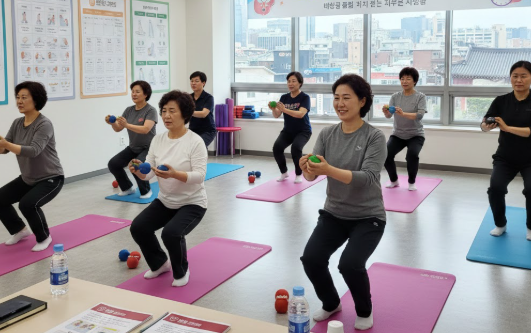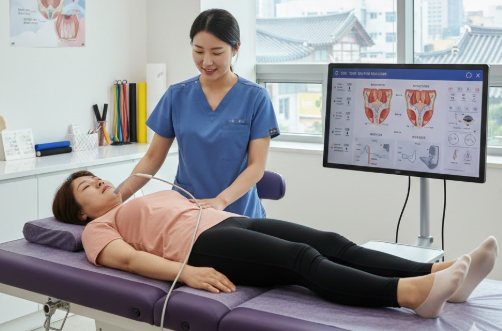Dry eye syndrome is a common condition characterized by insufficient tear production or poor tear quality, leading to eye irritation, redness, and fluctuating vision. For patients considering LASEK (Laser-Assisted Sub-Epithelial Keratectomy) surgery, existing dry eye disease plays a significant role in candidacy evaluation and postoperative outcomes.
If you have dry eyes and are thinking about LASEK, it’s essential to understand the risks, necessary precautions, and management strategies to ensure a safe procedure and successful visual results.
Understanding Dry Eye and Its Impact on LASEK
- LASEK involves removing the corneal epithelial layer, which temporarily exposes nerve endings and disrupts the ocular surface.
- The surgery itself can exacerbate pre-existing dry eye symptoms, as tear film stability is further challenged during the healing process.
- Patients with dry eye may experience increased discomfort, delayed healing, and fluctuations in vision after surgery.
- Severe dry eye is a common contraindication for elective laser vision correction unless managed effectively before surgery.
Risks of LASEK Surgery for Dry Eye Patients
1. Increased Postoperative Discomfort
- Patients with dry eyes often report more intense pain, burning, and foreign body sensation after LASEK.
- This heightened discomfort can last longer compared to patients without dry eye.
2. Delayed Corneal Healing
- Tear film deficiency can impair the epithelial regrowth critical to LASEK recovery.
- Slower healing increases the risk of complications like haze, infection, or irregular corneal surfaces.
3. Fluctuating Vision
- Dry eyes cause unstable tear films, leading to blurred or fluctuating vision, especially in the early weeks after surgery.
- Patients may notice vision varying throughout the day or in different environmental conditions.
Preoperative Precautions and Management
Comprehensive Dry Eye Evaluation
- A thorough eye exam assessing tear quantity, quality, and ocular surface health is essential before candidacy is confirmed.
- Tests include tear breakup time (TBUT), Schirmer’s test, and ocular surface staining.
Treat Dry Eye Before Surgery
- Initiate treatment of dry eye months in advance when possible.
- Common therapies include:
- Artificial tears (preservative-free preferred)
- Anti-inflammatory medications such as cyclosporine or corticosteroid drops
- Punctal plugs to reduce tear drainage
- Lipid-based or gel tears for evaporative dry eye
- Warm compresses and eyelid hygiene for meibomian gland dysfunction
Assess Surgical Alternatives
- For patients with moderate to severe dry eye, surgeons may recommend alternative procedures or delay surgery until dry eye is controlled.
- PRK and LASEK are often preferred over LASIK since they avoid creating a corneal flap, which can worsen dry eye symptoms.
Postoperative Care Tips for Dry Eye Patients
Aggressive Lubrication
- Frequent use of preservative-free artificial tears is critical, sometimes hourly during the day.
- Nighttime lubricating ointments help maintain moisture during sleep.
Anti-inflammatory Drops
- Doctors often prescribe steroid or cyclosporine drops post-op to reduce inflammation and promote healing.
Follow-Up Monitoring
- Regular follow-ups monitor healing and dryness symptoms.
- Additional treatments like punctal plugs or serum tears may be introduced if symptoms persist.
Who Should Consider LASEK With Caution?
| Dry Eye Severity | Recommendation |
|---|---|
| Mild | Usually safe with pre- and post-op care |
| Moderate | Requires thorough treatment before surgery |
| Severe | Surgery often deferred or alternative suggested |
Final Thoughts
Dry eye syndrome requires careful evaluation and management in patients considering LASEK. While LASEK can still be a viable option for those with mild to moderate dry eye, addressing the condition beforehand and adhering to a strict postoperative regimen are key to minimizing risks and ensuring the best visual outcomes.
If you suffer from dry eyes, discuss your symptoms openly with your ophthalmologist to develop a personalized plan that prioritizes both eye comfort and vision correction success.




